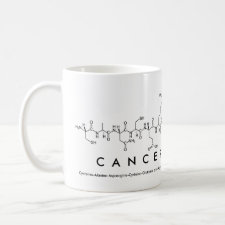
Authors: Gao BJ, Liu SY, Li YB
Article Title: Preparation and recognition performance of uric acid-imprinted material prepared with novel surface imprinting technique.
Publication date: 2010
Journal: Journal of Chromatography A
Volume: 1217
Issue: (15)
Page numbers: 2226-2236.
DOI: 10.1016/j.chroma.2010.02.027
Alternative URL: http://www.sciencedirect.com/science/article/B6TG8-4YF5R6F-7/2/72f4dc0fd52d5074db8084f362dd97a5
Abstract: Acrylonitrile (AN) was first graft-polymerized on the surfaces of crosslinked polyvinyl alcohol (CPVA) microspheres by initiating of cerium salt, and then the grafted polyacrylonitrile (PAN) was transformed to polyamidoxime (PAO) via amidoximation transform reaction, resulting in the functional microspheres PAO/CPVA. By adopting the novel surface-molecular imprinting technique put forward by us, uric acid molecule-imprinted material MIP-PAO/CPVA was prepared with glutaraldehyde as crosslinking agent The binding character of MIP-PAO/CPVA towards uric acid was investigated in depth with both batch and column methods and using guanine as a contrast substance whose chemical structure is similar to uric acid to a certain extent. The experimental results show that the surface imprinted material MIP-PAO/CPVA has excellent binding affinity (a great binding capacity of 104ámg/g) and high recognition selectivity for the template molecule, uric acid. The selectivity coefficient of PAO/CPVA microspheres (non-imprinted material) for uric acid relative to guanine is only 1.273, displaying no recognition selectivity for uric acid. However, after imprinting, the selectivity coefficient of MIP-PAO/CPVA for uric acid in respect to guanine is remarkably enhanced to 14.00, displaying the excellent recognition selectivity and binding affinity towards uric acid molecules
Template and target information: uric acid
Author keywords: Surface imprinting technique, uric acid, Poly(amidoxime), Crosslinked polyvinyl alcohol microspheres



Join the Society for Molecular Imprinting

New items RSS feed
Sign-up for e-mail updates:
Choose between receiving an occasional newsletter or more frequent e-mail alerts.
Click here to go to the sign-up page.
Is your name elemental or peptidic? Enter your name and find out by clicking either of the buttons below!
Other products you may like:
 MIPdatabase
MIPdatabase









